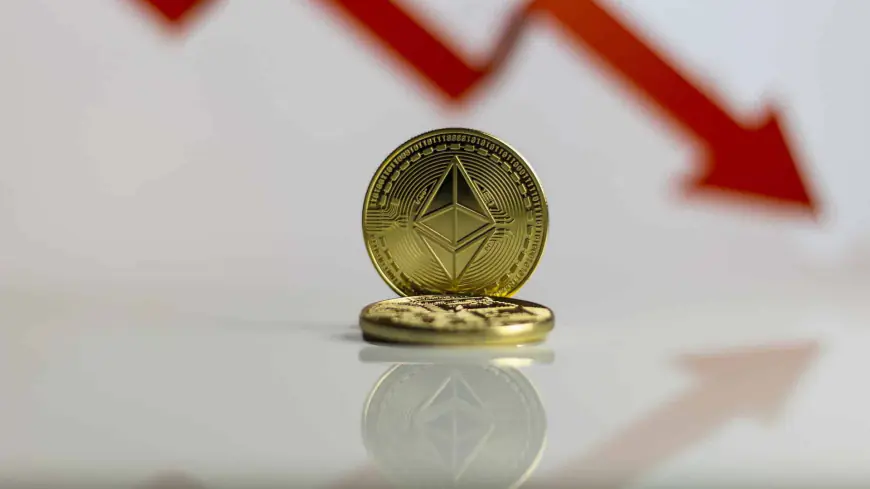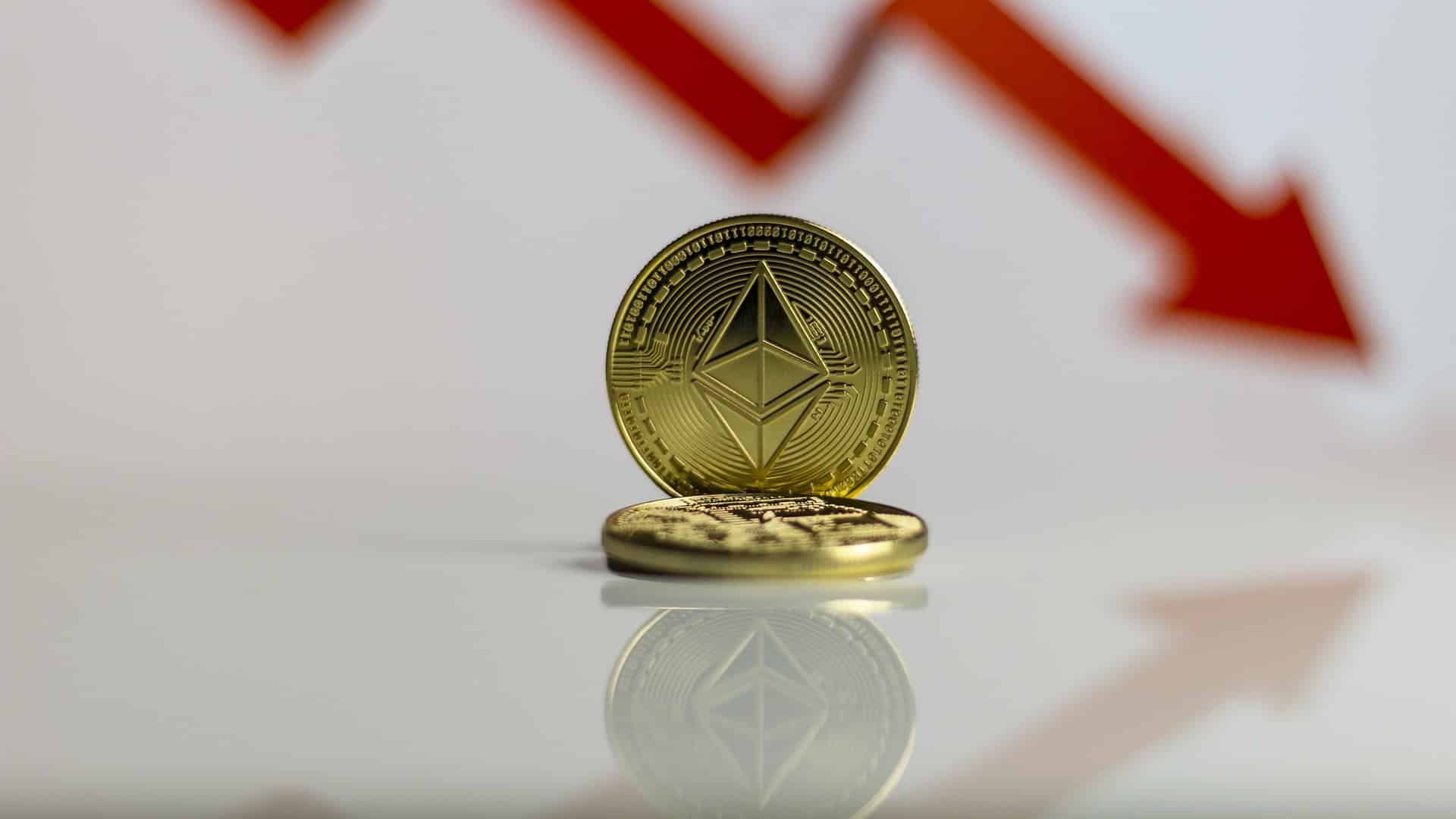Ethereum Dencun Upgrade Draws L2 Bots and Failed Transactions: What’s at Stake for ETH?
The March Ethereum Dencun upgrade led to a sharp surge in L2 transaction activity, which triggered a significant increase in transaction failures from addresses driven by bot usage. For instance, Base experienced a 41.6% failure rate, with Arbitrum and OP mainnet seeing failure rates of 20.87% and 12.85%, respectively. Following the Ethereum Dencun upgrade in [...]


- The March Ethereum Dencun upgrade led to a sharp surge in L2 transaction activity, which triggered a significant increase in transaction failures from addresses driven by bot usage.
- For instance, Base experienced a 41.6% failure rate, with Arbitrum and OP mainnet seeing failure rates of 20.87% and 12.85%, respectively.
Following the Ethereum Dencun upgrade in March, there’s been a significant spike in transaction failures across various Layer 2 networks. On August 22, Christine Kim, a researcher at Galaxy, shared insights on the X social media platform regarding the unintended effects of this upgrade. She draws her analysis from a detailed report by Galaxy, titled “150 Days After Dencun,” published on August 21.
The Ethereum Dencun upgrade, implemented mid-March, introduces data blobs through EIP-4844, also known as proto-danksharding. This change, by design, provides temporary storage for rollup data. Hence, it relieved some of the load on the Ethereum execution layer and reduced transaction fees, per the CNF report.
Impact Of Ethereum Dencun Upgrade On Layer 2 Networks
Moreover, according to Galaxy’s analysis, the reduced fees have inadvertently led to a surge in transaction activity on Ethereum’s L2 networks. Over the 150 days following the upgrade, daily transactions on L2 networks more than doubled, reaching an average of 6.65 million. However, this increase in transactions has also been accompanied by a rise in transaction failures.
This issue particularly affected high-activity addresses that were likely driven by bot activity. Furthermore, Kim highlighted that most of these failed transactions originate from high-activity addresses, which typically attempt 100 or more daily transactions. “Low fees on L2s could be driving increased bot activity,” she noted in the analysis.
The data shows these high-activity addresses experienced particularly high failure rates across different Layer 2 networks. For instance, on Base, the failure rate reached a staggering 41.6%. Meanwhile, Arbitrum and OP mainnet saw failure rates of 20.87% and 12.85%, respectively.
In contrast, addresses with lower activity saw significantly lower failure rates. Meanwhile, across all observed networks, the maximum failure rate for these low-activity addresses was only 4%. This difference suggests that the surge in failures is mostly affecting more active participants in the network, who are utilizing bots to profit from the reduced fees.
Divergent Views on Bot Usage
The report also provided a broader view by comparing the Ethereum Layer 2 networks with Solana. According to Coinbase’s report released on August 13, Solana has also been grappling with high transaction failure rates. Coinbase noted that “between 25% and 45% of all non-vote transaction fees on Solana are spent on failed transactions.”
As per the industry reports, some have also questioned Solana overtaking Ethereum transactions, raising doubts that most of them are generated by bots and are likely inorganic.
While some view the bots as a source of network spam, others argue that they play a crucial role in the blockchain domain. Michael Nadeau, founder of DeFi Report, commented on the matter in a post on X on August 9. He stated, “Bots create liquidity and bring efficiency to markets…on public blockchains, they pay fees.” He suggested that while bots may contribute to higher failure rates, they also provide essential services to support the functioning of decentralized markets.
According to the CNF report, the Ethereum price is currently 1.14% up at $2.650 and is eyeing a move past $3,000.
What's Your Reaction?









































































































